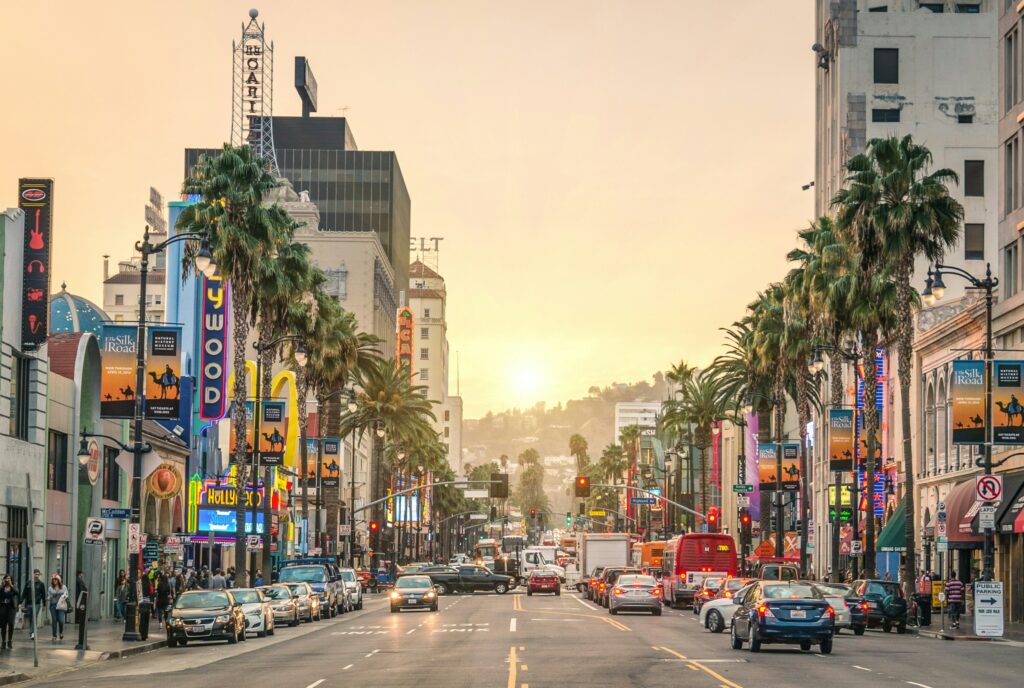Why It’s Time to Undream the American Dream
What is the American Dream? That depends on when you’re talking about it. In the beginning, the American Dream was about “life, liberty, and the pursuit of happiness.” It came from the idea that all people have a God-given...


What is the American Dream? That depends on when you’re talking about it.
In the beginning, the American Dream was about “life, liberty, and the pursuit of happiness.” It came from the idea that all people have a God-given right to pursue their own course in life, without regard to their rank at birth, within the confines of an agreed-upon moral code. Freedoms included those of speech, worship, peaceful protest, fair courts, etc. (We’ll ignore for now the fact that these liberties didn’t usually extend to women or people of color.)
By the mid-19th century, the American Dream had expanded to include the promise of free land, granted by the government if you “proved up” by building a house, raising crops, and enduring the dangers, loneliness, and harsh weather of the frontier. Millions of people spread westward, hoping for new and prosperous lives. (We’ll ignore for now the fact that this land had been stolen from indigenous tribes.)
Many other millions immigrated to the U.S. in hopes of escaping the rigid class restrictions of their homelands, looking for religious and political freedom as well as opportunity and prosperity. (We’ll ignore for now the fact that many of those people endured discrimination and horrible living and working conditions in our cities.)
How the Dream has changed
The actual term “American Dream” comes from historian James Truslow Adams, who wrote during the height of the Depression in 1931. He said that “life should be better and richer and fuller for everyone, with opportunity for each according to ability or achievement… regardless of fortuitous circumstances of birth or position.” He added, “It is not a dream of motor cars and high wages merely, but a dream of a social order in which each man and each woman shall be able to… grow to fullest development.”
When World War II came along, many Americans believed they were fighting for the ideals of the American Dream, summed up by President Franklin Roosevelt as four essentials: freedom of speech, freedom of religion, freedom from want, and freedom from fear. When the war ended, however, a new American Dream was born which included home ownership and college education (funded in part by the GI Bill), and the acquisition of all the trappings of a “good life,” such as cars, TVs, luxury goods, travel, and more.
Since many couldn’t achieve all of those things all at once, they turned to credit. Once rare, credit cards became common. Saving was no longer necessary – the American Dream was purchased with debt.
Today, for many, the American Dream isn’t just about freedom, security, or personal development. It isn’t limited to owning a home or getting an education. It’s about having all of the extra amenities. It’s a consumer’s dream, more like the so-called “California Dream” of instant wealth, good luck, and fame. The idea is that profits and perks will continue to rise, with unlimited growth forever.
Why it’s time to wake up
From birth onward, we’re exposed to commercial messages. We learn that new products are what we need for happiness. If we want to fit in and find satisfaction, we need to buy what marketers are selling.
We’ve all been taught to want more than what we have and more than we need. This mindset is deeply imbedded in our culture, so I don’t blame anyone for believing it. But as comedian George Carlin wrote, “It’s called the American Dream because you have to be asleep to believe it.”
It’s time to wake up from this version of the American Dream.
1. We can’t sustain this level of debt.
Credit card debt is one thing almost all Americans share, regardless of age, race, gender, or income level. According to Fortune.com, average credit card debt continues to rise, even as interest rates also climb. Of course, many of us also have auto loans, student loans, mortgages, and medical debt.
According to CNBC.com, almost two-thirds of Americans live paycheck to paycheck, meaning they have no margin for savings. This leaves them vulnerable to using credit cards when any out-of-the-ordinary situations arise.
Debt is the opposite of liberty. It holds you hostage to your financial choices of the past, and takes your current and future life energy to pay. It shouldn’t be part of any American Dream.
2. We can’t sustain this level of consumption.
If everyone in the world consumed at the rate Americans do, we’d need the resources of multiple planets to make it possible.
Most people don’t wake up with the desire to destroy the Earth or grab more than their share of resources. We do it without thinking, because we’re pursuing today’s version of the American Dream. And our desire for more and more is harming the only place we can call home.
The answer is not to keep hundreds of millions of the world’s people in poverty so that we can enjoy our relative wealth. The answer is to believe that we already have enough.
3. It doesn’t actually make us happy.
Today’s idea of the American Dream is designed to make us want more. By definition, the pursuit never ends, and satisfaction is never reached.
This is a recipe for longing, jealousy, and greed, not for happiness. If there’s always the newest trend or upgrade to desire, then the American Dream is a trick and a trap. We need to opt out.
4 Steps to opt out
1. Limit or avoid media.
Today’s version of the American Dream is like a virus spread through TV, radio, movies, magazines, and social media. It might be impossible to eliminate all of it, but we must be aware that the more we engage with any of these platforms, the more we’ll be infected by the mindset. This goes for children too!
2. Stop competing and comparing.
Whether we do it consciously or not, we often buy things to keep up with others. We think we need trendier clothes, a better hairstyle, a cooler car, or a more exotic vacation. This isn’t true – we only need what it takes to live simply. The rest is our ego talking.
3. Practice gratitude.
By focusing on our next purchase or experience, we demonstrate dissatisfaction with what we already have. It’s a mindset of entitlement and ingratitude. Not only is that unattractive, it’s a habit that causes us to miss out on all the goodness of life. What a shame to ignore all the reasons we have to be happy right now.
4. Start creating instead of consuming.
I’ve been becoming minimalist for nearly 30 years, but my consumption levels went way down when I started writing every day.
Creating is much more satisfying than simply buying something, and for good reason. For all of human existence, we’ve been producers, and that has made us independent and self-reliant (sounds like the original American Dream).
When you stop chasing your next purchase, you have time to garden, cook, craft, or make music. Are you feeling overwhelmed by the task of decluttering your home? Take the essential first step and stop bringing new stuff in.
Be original.
Once you start to undream the American Dream, you can discover what matters most to you. You can behave like an individual instead of a cog in our economy. You can free yourself to follow your unique calling.
Come to think of it, that sounds more like “life, liberty, and the pursuit of happiness” to me.
***
About the Author: Karen Trefzger is a writer, singer, teacher, wife, mother, and grandmother who has been choosing a simpler life for over 20 years. She is the author of several books about minimalism, and blogs at Maximum Gratitude Minimal Stuff.

 MikeTyes
MikeTyes 























.jpg&h=630&w=1200&q=100&v=f776164e2b&c=1)







